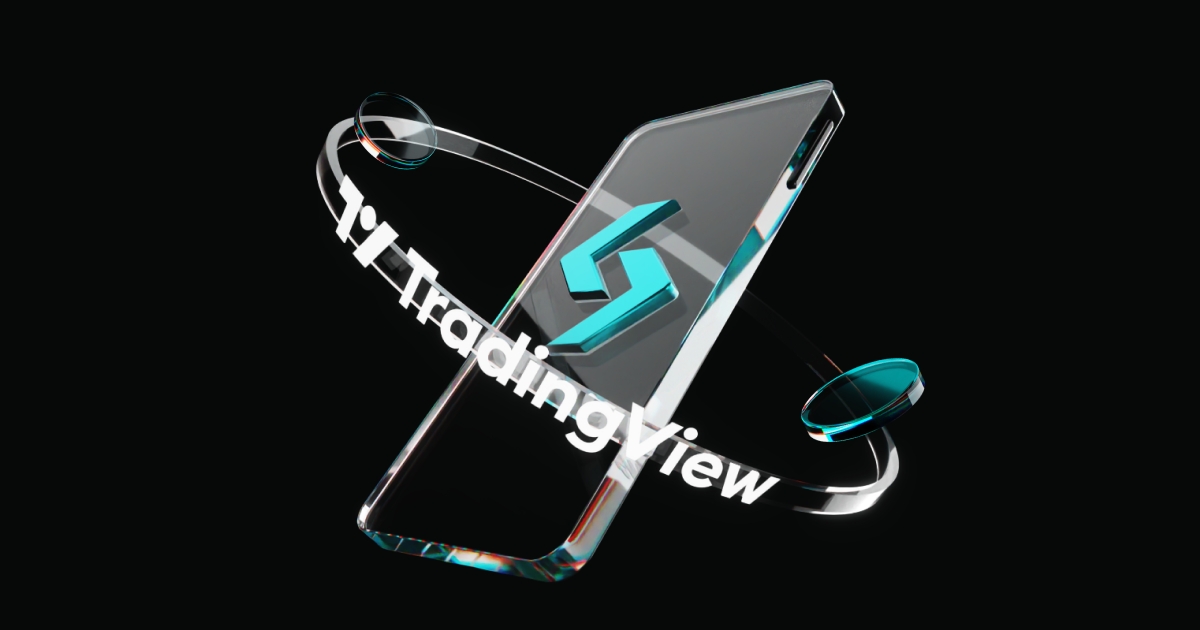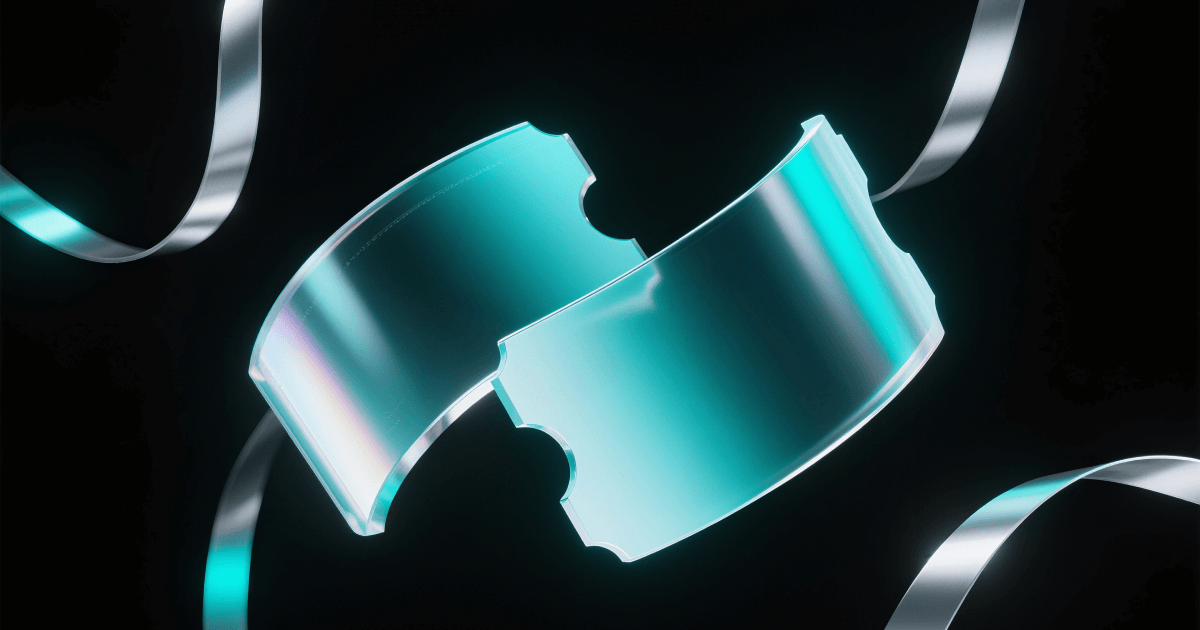
Spot Grid Bots On Bitget: How Strategic Traders Win With Grid Trading Strategies
Spot Grid Bots are one of Bitget's most powerful tools for structured crypto trading. They are designed not for chasing trends, but for turning volatility into opportunity through rules-based automation. Yet what separates casual users from serious traders is the thinking behind the configuration.

Go to [Trading Bots] on Bitget and select [Spot grid]. Source: Bitget
Now, we will explore how Bitget Spot Grid Bots become more than just automation by analysing how they evolve into extensions of a trader's identity. You'll learn how to align structure with conviction, how spot grid bots mature with your strategy, and the 10 essential questions every strategic trader should ask before deploying their next bot.
Spot Grid Trading Is Self-Awareness
Spot grid bots seem simple: define a price range, divide it into grids, and automate buy-low, sell-high orders. We want to emphasise that beneath this simplicity lies a deeper truth: Every grid you configure expresses something essential about you as a trader, e.g. your risk tolerance, market understanding, and decision-making patterns.
Rather than masking your psychology, grid trading magnifies it. The choices you make around bot types, entry triggers, and profit extraction all reflect your trader identity clearly and honestly.
What Your Grid Configuration Says About You
When traders first encounter spot grid bots, they think automation is the advantage. In reality, the advantage is accountability.
Are you a conservative risk manager who tightly limits exposure, or an aggressive trader who maximises volatility capture? Do you patiently accumulate assets in falling markets, or quickly extract profits at the first sign of strength? Your spot grids don't just reflect your market thesis; they also reveal your broader approach to uncertainty and structure.
Understanding what your bot reveals about you is crucial. Spot grid trading is as much about capturing market movement as it is about clarifying the kind of trader you're becoming, and making sure your strategies evolve alongside your self-awareness.
From Configuring Bots To Designing Strategic Systems
As your confidence grows, your approach shifts from launching individual bots to architecting complete trading systems. You stop chasing settings and start creating stable structures. You understand not only what configuration works, but why it works, and under what conditions it fails.
The key moment arrives when you stop seeing yourself as someone who "uses" spot grid bots, and start recognising yourself as someone who designs spot trading frameworks. You move from short-term profit extraction to long-term capital efficiency. From impulsive adjustments to deliberate recalibrations. From reactive confusion to proactive clarity. And this is the true evolution: automation refines your judgment, not replaces it.
10 Essential Questions To Ask Before Using A Spot Grid Bot On Bitget
Before deploying your next Bitget Spot Grid Bot, consider these questions as a checklist as well as a structured decision-making protocol that reinforces clear, strategic thinking. The more clearly you can answer these questions, the more aligned and effective your bot is likely to be.
1. What is the current market structure? Is it range-bound, trending, or volatile?
Your structure must match the regime. Spot grid is optimal when price oscillates within identifiable bounds. If the market is breaking those bounds, the structure will fail.
2. Is your primary goal profit extraction, base-asset accumulation, or market neutrality?
Your strategic intent dictates your spot grid bot type, logic, and outcome expectations.
3. Which spot grid type clearly reflects your current market thesis: AI-Aggressive, AI-Balanced, AI-Conservative, Manual Normal, Manual Reverse, or Manual Neutral?
Every bot type carries an implicit belief about volatility, direction, and timing. Don't select based on habit or popularity; align structure with your conviction instead. Choose the one that operationalises your view of how the market will behave.
4. Have you defined your price range through structural market data, or intuition alone?
Without concrete data (Bollinger Bands, support/resistance), your grid has no grounding.
5. Does your grid spacing realistically reflect current volatility conditions and capital efficiency?
Spacing affects frequency, profitability, and risk. Too dense and you risk overtrading; too sparse and you risk inactivity.
6. Should your spot grid bot's deployment be delayed by a strategic trigger (RSI, BOLL, price levels)?
Precision in entry timing can significantly reduce early drawdowns and misalignment.
7. How will you respond if price moves outside your defined grid range?
Decide this before deploying. Don't let the market decide for you.
8. Are profits intended for reinvestment (HODL Mode) or immediate extraction (Automatic Profit Transfer)?
Your chosen profit management strategy must match your broader trading goals.
9. Have you clearly set your stop-loss or take-profit boundaries?
A bot without boundaries is an open-ended risk.
10. How frequently will you review your bot, and which performance signals will guide your adjustments?
Strategic traders actively define their review process. Bots need maintenance and recalibration as market conditions change.
Final Words: Clarity Compounds
Each of the ten questions you've just considered is more about awareness than mere settings. They are lenses that reveal how discipline becomes strategy, showing you what your market view actually requires, and what your structure is truly built to deliver.
And that's the real evolution. At some point, Bitget Spot Grid Bots stop being a tool you try to master, and become a system you'll be refining, over and over, based on what the market teaches and what you're now capable of noticing. The edge lies in compounding precision of thought across time, volatility, and your own experience.
So if your next Bitget Spot Grid Bot feels more intentional than the last — even if the outcome is modest — then you're trading forward.
FAQ about Spot Grid Trading on Bitget
Q1: What is spot grid trading?
Spot grid trading is an automated strategy that places buy and sell orders at predefined price intervals ("grids") within a set range. It doesn't rely on predicting market direction. Instead, it captures profits from repeated price swings and is therefore ideal for volatile or sideways markets.
Learn more: Crash course on Spot Grid Trading
Q2: How does a spot grid work?
A spot grid bot takes advantage of price volatility by automatically executing buy orders when prices drop and sell orders when prices rise, all within a predefined range. By repeating this buy-low, sell-high logic, the bot systematically earns from short-term movements while reducing emotional decision-making.
Q3: How to start spot trading?
1. Select AI or Manual Mode from the [Spot Grid] page and choose your trading pair (e.g., BTC/USDT).
2. Click [Create] and the bot will begin operation.
3. After activation, track performance and make adjustments from the [Running] tab.
Learn more: What Are Bitget Spot Grid Bots?
Q4: Can Bitget grid bots help you profit — and what should you know first?
Bitget grid bots are designed to turn volatility into a structured opportunity. They help enforce discipline and consistency — trading 24/7, without emotion.
However, they are automated, not passive. A common mistake is assuming grid bots will always be profitable just because they run in the background. In reality, their effectiveness depends on correct setup, market conditions, and ongoing adjustment.
Learn more: Common Spot Grid Trading Pitfalls on Bitget and How to Avoid Them

- How to Trade Crypto on Bitget Using TradingView2025-11-21 | 5m
- Setback or Setup: The Opportunity Only a “Bear” Market Can Offer2025-11-20 | 10m
- Bitget Vouchers Explained: A Step-by-Step Guide2025-11-17 | 5m


